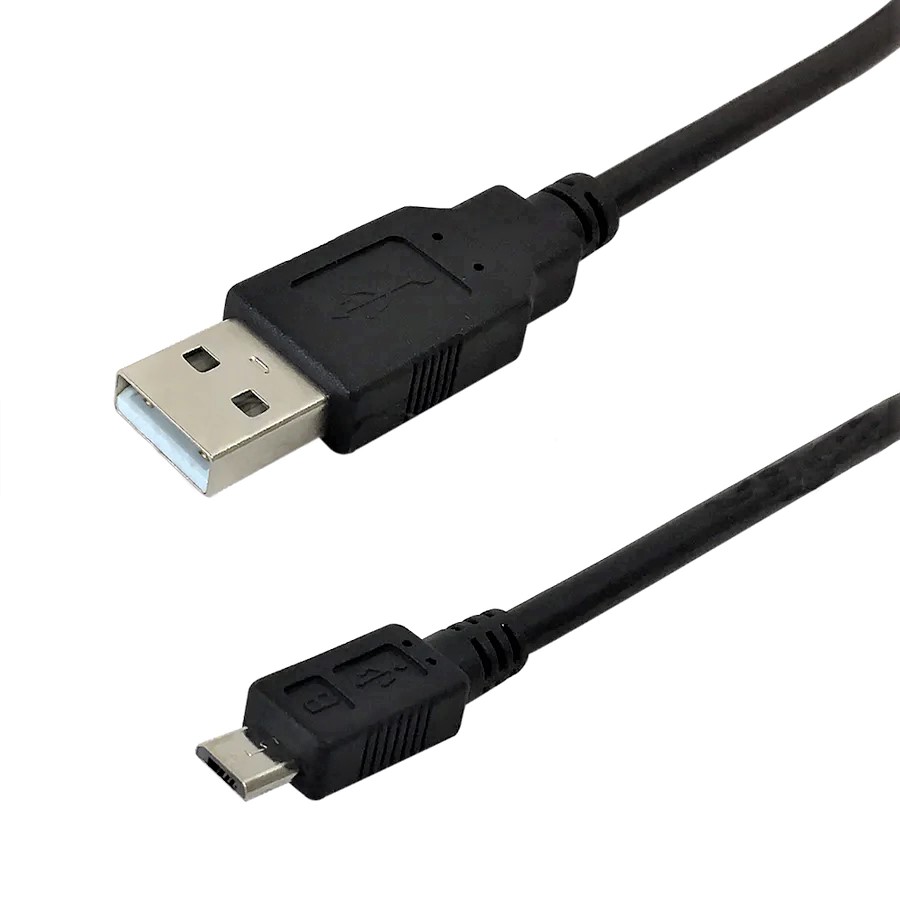USB 2.0 A Male to Micro-B Male Cable
Micro B to USB-A , USB cables
The Micro-USB connections are intended to replace the Mini-USB plugs used in new devices including smartphones and Personal digital assistants.
This Micro-USB plug is rated for 10,000 connect-disconnect cycles. It is about half the height of the mini-USB connector, but features a similar width. In the Universal Serial Bus Micro-USB Cables and Connectors Specification, details have been laid down for Micro-A plugs, Micro-AB receptacles, and Micro-B plugs and receptacles, along with a Standard-A receptacle to Micro-A plug adapter.
The carrier led group OMTP have recently endorsed micro-USB as the standard connector for data and power on mobile devices. These include various types of battery chargers, allowing Micro-USB to be the single external cable link needed by some devices.
The Micro USB Cable currently works with Motorola Q 9h, Motorola RAZR2 V8, Motorola RAZR2 V9, Motorola RAZR2 V9m phone models. Features:
- Ultra compact size
- Rated for 10,000 connect-disconnect cycles
- Will replace most USB mini B applications
Differences between the Micro B and mini B connectors

Product appearance and specifications are subject to change without noti
Specifications
| Length | 1' or 3' or 6' or 10' |


